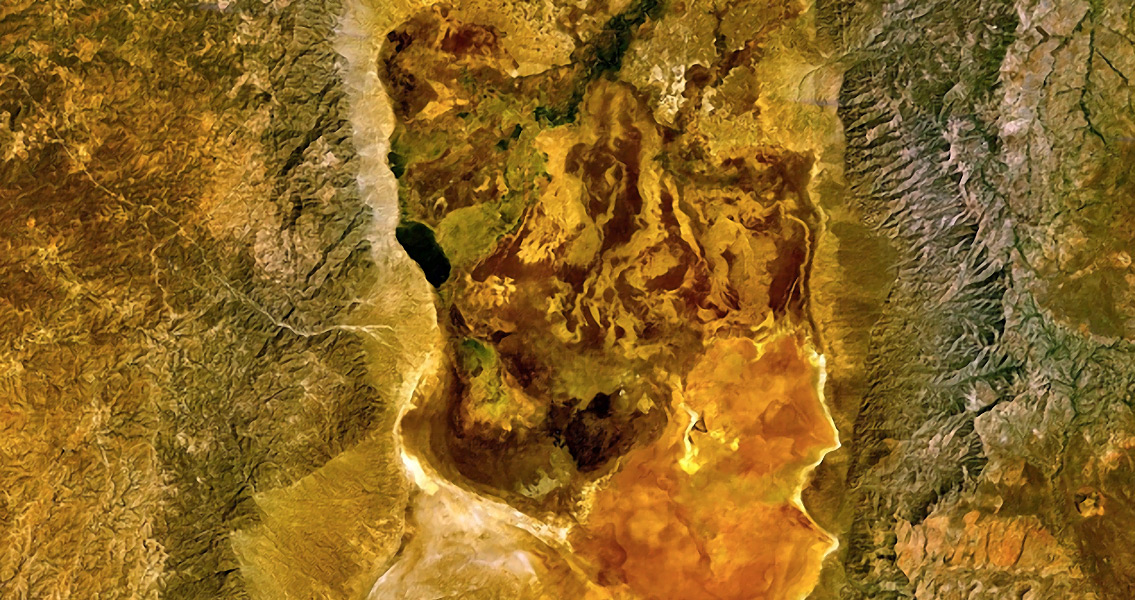<![CDATA[Climate change has the potential to significantly change our way of life. But how it impacted on human evolution and migration in the past is little understood. It was this lack of understanding which intrigued a group of researchers from the University of Aberystwyth. To try to gain more information, the team started drilling to great depths in a dried-up lake in a remote part of southern Ethiopia, in the hope of finding sediment data which could reveal a great deal about the Earth's climate thousands of years ago. It is hoped that by drilling in Chew Bahir, one of a chain of lake basins in Africa’s Great Rift Valley, questions about how environmental dynamics shaped hominin evolutionary history will be answered. The Chew Bahir Drilling Project finished recently, after the team reached a depth of 278 metres. It is hoped that the drilled cores will provide a sedimentary record covering the last 500,000 years. It has been a long and arduous project, and the team were beset by numerous problems. The international group of scientists from Germany, Ethiopia, USA and the UK, had to contend with mosquitoes, trucks becoming stuck in the mud, intense heat, torrential rain and dust storms. The logistical difficulties of operating in such a challenging environment should not be underestimated. On the 28 November 2014, one of the drill sites had to be terminated after a vital piece of the drill broke after being cleaned. The bottom hole assembly, used to determine the borehole shape, direction and other geometric characteristics, was lost, along with several sediment samples. Sediment found in lakes can provide a record of Earth's history. By studying different layers of sediment for the remains of flora and fauna, clues to the environmental conditions at specific periods of time can be gained. “Ideas about how climatic change may have influenced the emergence and dispersal of modern humans have remained largely speculative,” said Professor Henry Lamb, from Aberystwyth University’s Department of Geography and Earth Sciences. “We are now going to be able to place the fossil and archaeological data against a detailed record of climatic variation. This will allow us to make more rigorous tests of these hypotheses”. The Chew Bahir Project is part of the Hominin Sites and Paleolakes Drilling Project (HSPDP), a multi-national research effort based in several sites in east Africa. It is hoped that HSPDP will develop predictive models of environmental change during important intervals of human evolution. “[These models] will allow us to evaluate the importance of climatic thresholds and abrupt environmental changes and better understand the earth system dynamics that might have shaped the record of human evolution”, the HSPDP state as their goal. The drilled cores are currently being stored at LacCore, the US National Lacustrine Core Facility at the University of Minnesota. Later this year, in April, the team are going to begin studying the cores further; samples will be sent for specialist analysis and dating at labs in the UK and Germany. The Chew Bahir Project is one part of a wider attempt to transform the debate around how environmental dynamics shaped human evolutionary history. An understanding of the relationship between Earth’s climate history and human evolution is an enduring challenge of public interest. It offers clues as to how the environment shaped the development of our species. For more information: www.aber.ac.uk Image courtesy of Wikimedia commons user: Black-Velvet]]>
Ethiopian Lakes Hold Clues to Human Evolution
